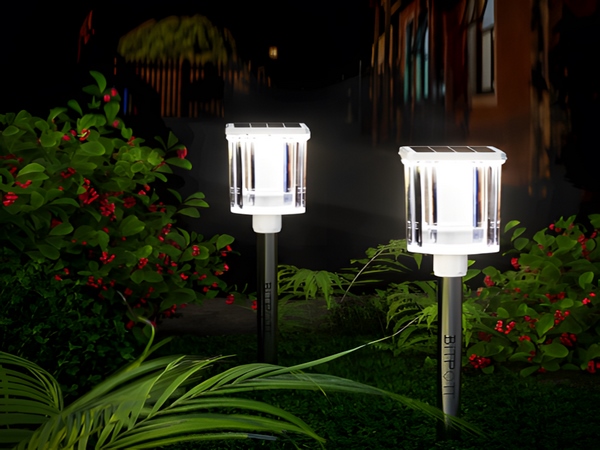
Solar energy, recognized globally as a highly promising clean energy source, has led to the continuous development of various solar products. One of the most commonly seen applications is solar street lights. However, with numerous brands available in the market, many consumers find it challenging to make a purchase decision. To help address this issue, the following details about selecting solar street lights are provided.
Details for selecting solar street lights:
1. LED Light Source
Most solar street lights on the market today use LED light sources, predominantly featuring 1W high-power bulbs. Generally, the power of a single bulb is 1W, so it’s important to choose suitable bulbs based on the specific environment of use to ensure optimal lighting performance.
2. Solar Panel
Solar panels for solar street lights usually come in two types: monocrystalline and polycrystalline, with prices for monocrystalline typically being higher. Unscrupulous manufacturers may downgrade a 50W panel to 40W during assembly, making it difficult for untrained individuals to discern the difference. Even industry experts may struggle to identify issues without specialized measuring equipment.

Therefore, panel power can be measured by its surface area; larger surface areas usually imply higher power. Thus, selecting a solar panel based on this principle can help ensure it meets your needs.
3. Battery
The battery is a critical component of solar street lights and can be classified into three types: lead-acid, lithium, and gel batteries. Each type has different applications and performance. Currently, gel and lithium batteries are more commonly used, with lithium batteries being the more expensive option. Therefore, reasonable choices should be made based on individual demands.
4. Light Pole
When considering the light pole of solar street lights, both height and design are important. Higher poles tend to cost more, and aesthetic designs can also increase the price. Therefore, comprehensive considerations should be made to select the appropriate height and design based on different locations and needs.

5. Controller
Poor quality controllers can lead to over-discharge, which results in insufficient lighting duration and can cause significant damage to the battery.
In conclusion, when selecting solar street lights, it is also essential to ensure warranty coverage. If any issues arise shortly after purchase, the manufacturer should provide repair services. Additionally, pay attention to the manufacturer’s after-sales response time. Therefore, avoid purchasing from manufacturers without after-sales support, regardless of how attractive their prices may seem, as this can lead to unnecessary troubles down the line.



